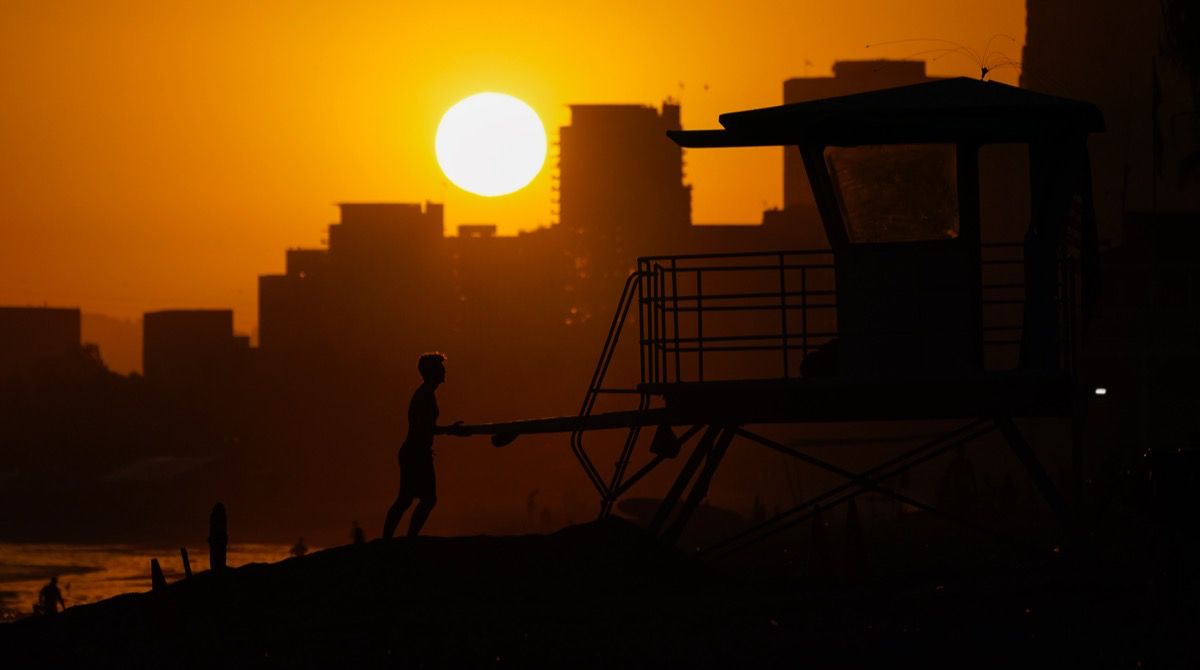Steamy temperatures will continue to impact parts of the southern U.S. straight through the July 4 holiday this week.
Two heat domes positioned across the southern U.S. will continue to bring dangerously hot temperatures and heat index values to the Southeast and Southwest this week.
Even though the worst of the intense heat already peaked in the Deep South, much of the Southeast will continue to deal with uncomfortably hot and humid conditions, which are expected to last at least until the middle of the week.
As a result, widespread Heat Advisories stretching from Louisiana through the Florida Panhandle and up into North Carolina remain in effect.
Although the Southwest will see the highest readings on the thermometer. Heat Advisories and Excessive Heat Warnings remain in effect across parts of southern and western Arizona, southern Nevada, and a large swath of California.
Daytime highs will still reach well into the 90s across the Southeast, but with the high humidity factored in, it will still feel like it’s well in the triple digits.
Southern California will also experience dangerous heat and humidity leading into the July 4 holiday. The hottest temperatures will continue to rise into the 100s, and could even climb into the 110s, breaking record highs in some places.
No heat alerts are in effect for Central Florida, but much of Sunshine State will still see stifling temperatures and heat index values through the end of the week, regardless. Highs will top out in the 90s, but heat index values will peak in the 100s.
Cities like Tampa, and even Orlando, will likely see highs tie or break records in the coming days.
The combination of dangerously hot temperatures and high humidity will increase the threat of heat-related illnesses, such as heat exhaustion and heat stroke.

To stay safe, keep hydrated, avoid strenuous outdoor activities and stay in air-conditioned rooms or shaded areas during the peak heating hours of the day. Dressing in light, loose-fitting clothes will also help keep body core temperature regulated.
In addition, keep a close eye on children, pets and older adults over the next few days.
Sign up for weather notifications to receive the latest weather updates in your area.
Our team of meteorologists dives deep into the science of weather and breaks down timely weather data and information. To view more weather and climate stories, check out our weather blogs section.









